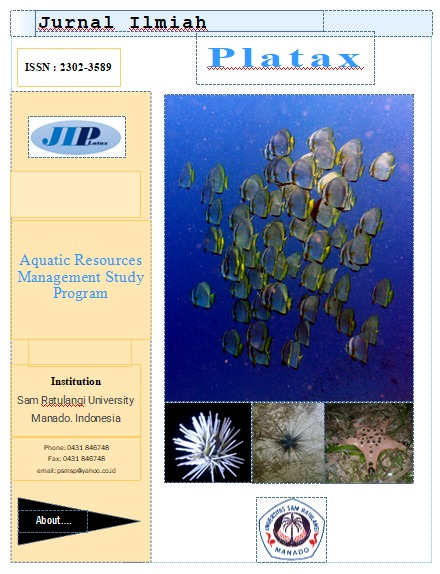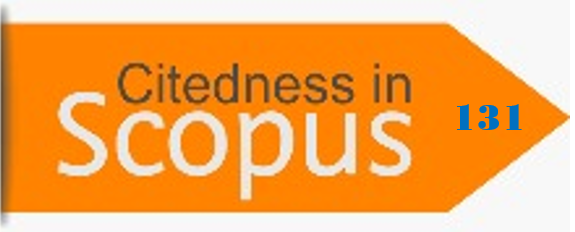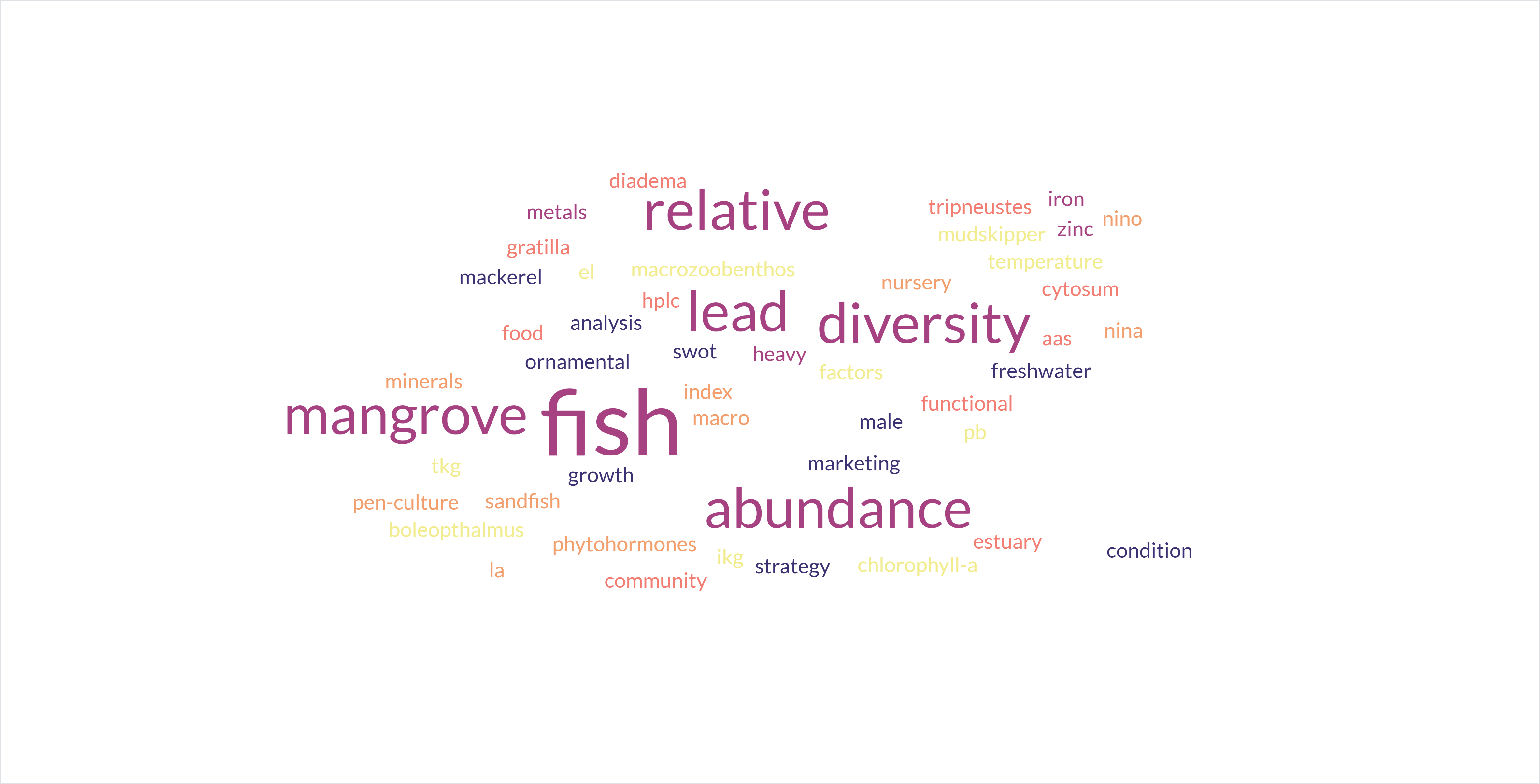Developing of seaweed juice Halymenia durvilae Industry as a source antioxidant in Winuri VIlage, Likupang Subdistrict, North Minahasa Regency
DOI:
https://doi.org/10.35800/jip.v12i2.58818Keywords:
Hygiene, industry, sanitation, dietary fiberAbstract
The Community Service Program is located in Winuri Village, which is very geographically strategic for developing the industry of processing seaweed juice. The village is a tourism region, so marketing food and beverage is easy. Generally, juices ready to be consumed in the market are juices from the fruit of the terrestrial plant, whereas the juice of seaweed is very rare in the market. This matter caused the community to be unaware of seaweed's benefits for human health, especially for preventing degenerative diseases, such as cancer. Therefore is necessary to encourage the government or community to develop processed products of seaweed beverages, more will be developed to build an industry, that has the main purpose of increasing public welfare. The targets of the Community Service Program are: To produce juice of seaweed that fulfills sanitation and hygienic standards; 2. To encourage the development of the seaweed juice industry. The Implementation methods of the program that are agreed upon with the Partner are: 1. The problem of seaweed juice production, marketing, and finances; 2. The method to solving the problems with counseling, training, assistance, and evaluation;
Keywords: Hygiene, industry, sanitation, dietary fiber
Abstrak
Program Pengabdian pada masyarakat (PKM) ini berlokasi di Wiuri yang secara geografis sangat strategis untuk dikembangkan industri pengolahan minuman rumput laut. Desa ini merupakan daerah wisata, sehingga pemasaran makanan dan minuman akan mudah. Saat ini kebanyakan minuman siap konsumsi di pasaran adalah minuman dari buah, tetapi minuman dari rumput laut jarang ditemui dilingkungan masyarakat. Hal ini disebabkan karena banyak masyarakat belum menyadari manfaat rumput laut untuk kesehatan. Oleh karena itu perlu usaha untuk mendorong pengembangan produk pengolahan pada masyarakat kemudian dapat ditingkatkan menjadi skala industri untuk meningkatkan kesejahteraan masyrarakat. Tujuan PKM ini yaitu 1. Memproduksi minuman rumput laut memenuhi syarat sanitasi dan higienis; 2. Mendorong pengembangkan usaha industri minuman sirup rumput laut. Adapun metode pelaksanaan yang disepakati dengan mitra yaitu: 1. Masalah produksi minuman sirup rumput laut, pemasaran produk dan keuangan; 2. Metode untuk menyelesaikan masalah dengan penyuluhan, pelatihan, pendampingan dan evaluasi;
Kata kunci: Higienis, industri, sanitasi, serat.
References
Depkes RI, 2010, Modul Kursus Hygiene dan Sanitasi Makanan dan Minuman, Departemen Kesehatan Republik Indonesia Ditjen PPM & PLP Jakarta.
Wibowo L. dan Fitriyani. 2012. Pengolahan Rumput Laut (Euchema cootonii) Menjadi Serbuk Minuman Instant. Jurusan Ilmu Kelautan dan Perikanan, Politeknik Negeri Pontianak).. 8(2). ISSN 1693-9085101-109 hal.
[KKP] Kementrian Kelautan dan Perikanan. 2017. Komoditas Rumput Laut Kian Strategis. http: www. kkp.go.id/. [3 Maret 2018].
[LPPM] Lembaga Penelitian dan Pengabdian kepada Masyarakat Unsrat. 2016. Laporan Akuntabilitas Kinerja Instansi Pemerintah (LAKIP) Tahun 2015 Lembaga Penelitian dan Pengabdian kepada Masyarakat Universitas Sam Ratulangi Manado.
Sanger G.1 , Assa Y.R.1. 2018 Pengembangan Produksi Minuman Rumput Laut Euchema Cootonii Di Kelurahan Malalayang Dua Kecamatan Malalayang, Kota Manado. Jurnal Media Teknologi Hasil Perikanan Vol. 6, No. 2, 51-53.
Murdinah. 2013. Kajian Mutu Produk Aneka Olahan Rumput Laut Euchema cottonii. Prosiding Perencanaan Bulan Mutu Dan Keamanan Hasil Perikanan & Seminar Nasional Masyarakat Pengolahan Hasil Perikanan (MPHPI) Ke-V/ 18-19 Oktober 2013. Universitas Diponegoro.
Sanger, G., Rarung, L.K., Kaseger, B.E, Assa, J.R,, & Agustin AT. (2019). Phenolic content and antioxidant activities of five seaweeds from North Sulawesi, Indonesia. AACL Bioflux, 2019; 12(6):2041–950.
Sanger G, Rarung LK, Wonggo D. Dotulong V., Damongilala L.J. , Tallei T.E. (2021). Cytotoxic activity of seaweeds from North Sulawesi marine waters against cervical cancer. Journal of Applied Pharmaceutical Science 11(09), pp 066-073,
Sanger G , Djuhria Wonggo D , Taher N , Verly Dotulong V. , Aurielle Annalicia Setiawan. A.A Permatasari, H.K, Maulana S , Nurkolis F , Tsopmo A. ,g , & Bonglee Kim B (2023). Green seaweed Caulerpa racemosa - Chemical constituents, cytotoxicity in breast cancer cells and molecular docking simulation. Journal of Agriculture and Food Research. Vol. 12 No. 1 (2023) 100621. https://doi.org/10.1016/j.jafr.2023.10062.
(9) .Ulfah F., Tamrin M., Primasari R. dan Harianto. Analisis Kelayakan Finansial Industri Surimi Terkemas. Prosiding Seminar Nasional Masyarakat Pengolahan Hasil Perikanan Indonesia (MPHPI) Ke V. Semarang 18-19 Oktober 2013. 578 hal.
Nurmalina, R., T. Sarianti dan A. Karyadi. 2014. Studi Kelayakan Bisnis. Bogor Management. Vol. 19. ISSN 2224-6088 (Paper).
Salma P. Yunus J. Umboh M.L, Odi Pinontoan O. 2015. Hubungan Personal Higiene dan Fasilitas Sanitasi dengan Kontaminasi Escherichia Coli Pada Makanan di Rumah.
Sidhi A N, Raharjo M, Dewanti NAY, 2016. Hubungan Kualitas Sanitasi Lingkungan Dan Bakteriologis Air Bersih Terhadap Kejadian Diare Pada Balita Di Wilayah Kerja Puskesmas Adiwerna Kabupaten Tegal. Jurnal Kesehatan Masyarakat. 4(3); 665-674
Downloads
Published
How to Cite
License
Copyright (c) 2024 Grace Sanger, Lena Damongilala, Netty Salindeho

This work is licensed under a Creative Commons Attribution-NonCommercial 4.0 International License.
COPYRIGHT
Authors who publish with this journal agree to the following terms:
Authors hold their copyright and grant this journal the privilege of first publication, with the work simultaneously licensed under a Creative Commons Attribution License that permits others to impart the work with an acknowledgment of the work's origin and initial publication by this journal.
Authors can enter into separate or additional contractual arrangements for the non-exclusive distribution of the journal's published version of the work (for example, post it to an institutional repository or publish it in a book), with an acknowledgment of its underlying publication in this journal.
Authors are permitted and encouraged to post their work online (for example, in institutional repositories or on their website) as it can lead to productive exchanges, as well as earlier and greater citation of the published work (See The Effect of Open Access).




















